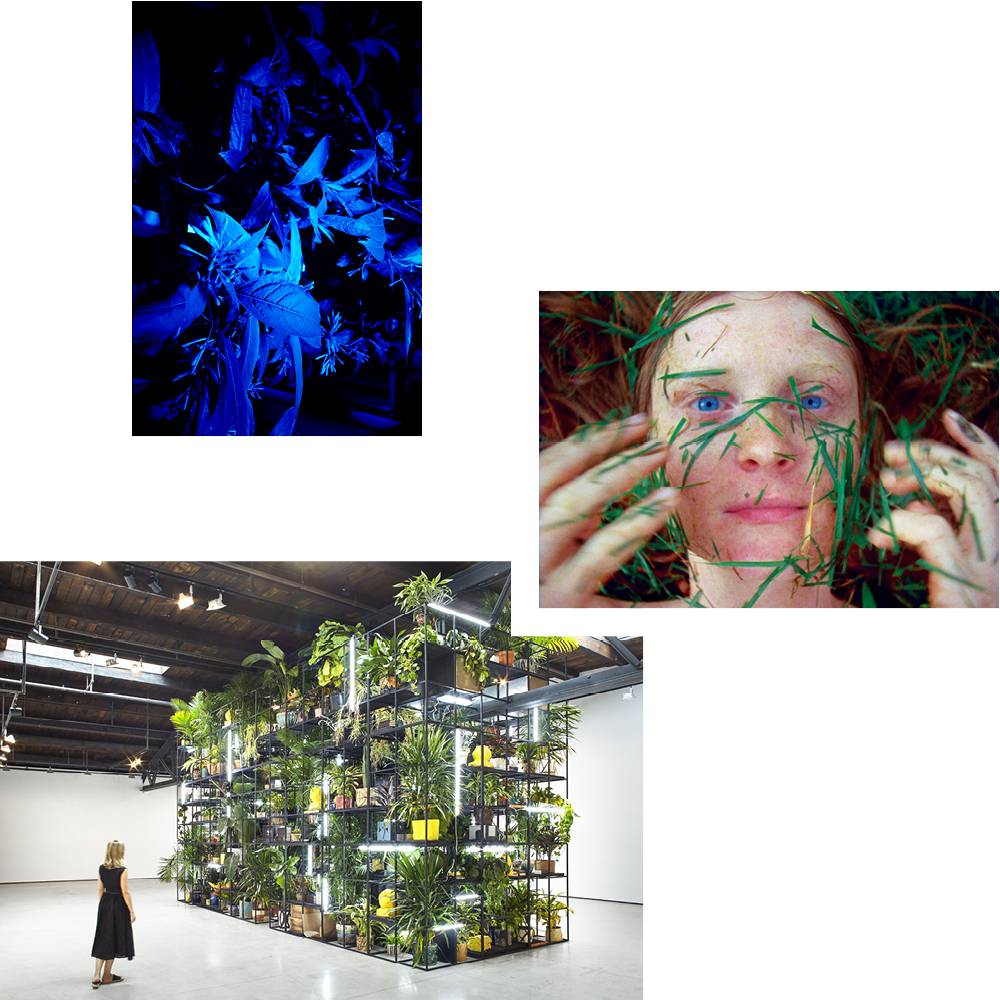
The exhibition starts outside, behind the Gropius Bau, where flowers and grasses grow amongst the rubble and the concrete. Here, the arrangement of the garden serves as a metaphor for the complex state of the world. Maria Thereza Alves’ floral debris is not just a display of resistance; she also questions what we perceive as “imported” or “familiar”. By planting seeds not native to Germany, Alves lets migration “bloom” in her garden. Libby Harward’s work also examines botany as a mirror of colonial power structures, while Rashid Johnson depicts the complexity and commercialization of black identity in a framework of potted plants, philosophical volumes, and shea butter. Images of gardens that go beyond suburban allotments and glorified floral paradise are explored by these and 19 other artists, including Pipilotti Rist and Yayoi Kusama. From Hieronymus Bosch’s Renaissance painting “The Garden of Earthly Delights” on, these works create experimental fields that locate the garden somewhere between paradise and protest space. (Text: Laura Storfner / Photos: (clockwise from top) Hicham Berrada & Kamel Mennour; Pipilotti Rist, Hauser and Wirth & Luhring Augustine, Rashid Johnson & Hauser and Wirth)
Gropius Bau, Niederkirchnerstr.7, 10963 Berlin–Kreuzberg; map
Garden of Earthly Delights, until 01.12.2019
Wed–Mon 10–19h
@gropiusbau



